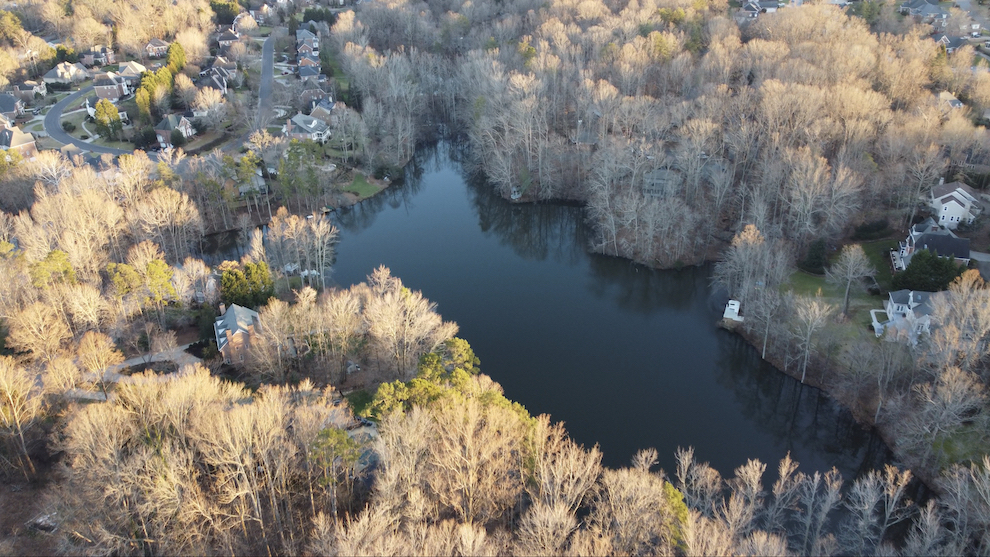Q&A with John Whitaker, Director of Consumer Insights, Signet Jewelers
Editor’s note: Nancy Cox is the founder of Research Story Consulting and former CPG corporate researcher. Her work and play include words, sketchpads, cooking (not baking) and the occasional sock puppet.
Passions, hobbies, healthy distractions and even guilty pleasures – discover how the research community plays and how that plays out in their work life. In the Venn diagram of work and play, what happens when work and play overlap? Research colleagues share their work and play stories in this interview series by Nancy Cox.
Hello to John Whitaker, director of consumer insights, Signet Jewelers
What is the “play” in your life?
I’m working on my FAA license to be a commercial drone pilot. Drones let you do aerial photography and video which not long ago may have required a helicopter. Helicopters aren’t cheap, you need a highly-trained pilot and you can’t fly a helicopter out of most backyards! Drone technology is this great democratization of aviation opening the field to so many individuals.
I’ve always had an interest in aviation but never had the time and cost commitment to pursue flying. Drone flying allows me to apply all the principles of flight. It’s super approachable, the costs are very low and my backyard is my airport.
One of the things I love about drone flying is that on the back end, I download lots of data. My drone collects over 200 unique measures or data points 10X a second! For example, I get data on altitude, signal strength of the remote controller, rate of vertical climb or descent, distance from point of takeoff. The Excel spreadsheet I get back is immense. Looking for relationships between those data points helps me build my piloting skills and understand the limitation of my drone.
Two of my favorite drone moments happened when I got video of large birds in flight from the perspective of above the birds. One time flying above a v-formation of Canada geese and another time with a hawk. With the hawk, it was also a scary moment as hawks are known to be territorial. Hawks will take down a drone.
How has your play influenced your research work?
I thought, at first, that there was no overlap whatsoever between what I do for fun and what I do for a career. But as I reflected, I was very, very wrong. A key theme in both my play and work are a passion for technology, the great enabler that frees us up to do cooler things.
Another theme is being planful – in drone flying, you must be planful just like at work. For example, are there Canada geese in the area? You plan for that. If a goose can take down a commercial jetliner like the “miracle on the Hudson,” imagine what it can do to a drone! Having a plan for tailwinds and headwinds – literal ones for flying, economic ones for retail.
Yet another theme is data analytics and insights to help us continually improve. I work in specialty retail, and it’s never been a more dynamic time – COVID, the inflationary pressures, volatile employment. Making sense out of all the data is very important. After a difficult 2020 and a boom 2021, what is 2022 going to be like? How do I model using more data and different data than we’ve had access to than ever before?
Finally, there is the overlap of data analytics and modeling. An example of data analytics and modeling in my play is when I used my drone data to understand the impact of electromagnetic interference in my area – cell phone towers, home Wi-Fi, high-powered electric lines. The interference impacts the signal strength from my controller to the drone. I modeled the signal strength vs. drone distance from the controller to predict the flight range limits. My drone theoretically can fly 6 miles away in an environment with no interference but what I found from modeling is the practical range limit in my area is only 0.5 mile! Not too different from understanding driving patterns of shoppers to get to retail stores – what is the interference? What’s a practical range?
What would you tell readers who want to know more about your area of play?
Start online, there are a lot of YouTube videos to give you an idea of the hobby, where to start.
You can get a great, low-priced starter drone for under $100 – an easy way to learn how to pilot a drone safely. You won’t be shooting the cool videos you see on YouTube but you will gain the basics of piloting.
You definitely need resources from the FAA website. Drones are regulated by the FAA. You need to get a recreational certification to be able to start flying. The good news is that it’s free and all it takes is a 30-minute online test – more good news, the test includes the answers. You immediately get your certification upon completion. Depending on the weight of your drone, you may need to register that drone with the FAA, but the ultra-light ones typically do not require registration.
You also need to be aware of areas you cannot fly – for example, you cannot go tailgating and fly over your NFL team’s football stadium. You can download free apps from the FAA to tell you where you can fly, where you cannot fly and where you need special permissions.
Be aware that regulations are always changing. Again, use the FAA site.
Look for local clubs and hobbyist organizations. Radio control (RC) aircraft parks have flying hobbyists – RC aircraft have been around for decades. Flying hobbyists are welcoming and you will likely find some are also drone pilots.
